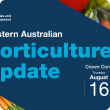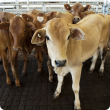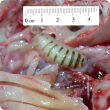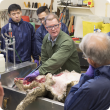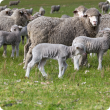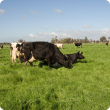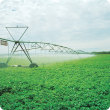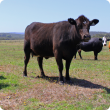Filter by regions:
- (-) Remove Mid West filter Mid West
- (-) Remove South West filter South West
- Great Southern (235) Apply Great Southern filter
- Peel (219) Apply Peel filter
- Wheatbelt (201) Apply Wheatbelt filter
- Perth regions (193) Apply Perth regions filter
- Goldfields-Esperance (187) Apply Goldfields-Esperance filter
- Gascoyne (168) Apply Gascoyne filter
- Kimberley (137) Apply Kimberley filter
- Pilbara (133) Apply Pilbara filter

